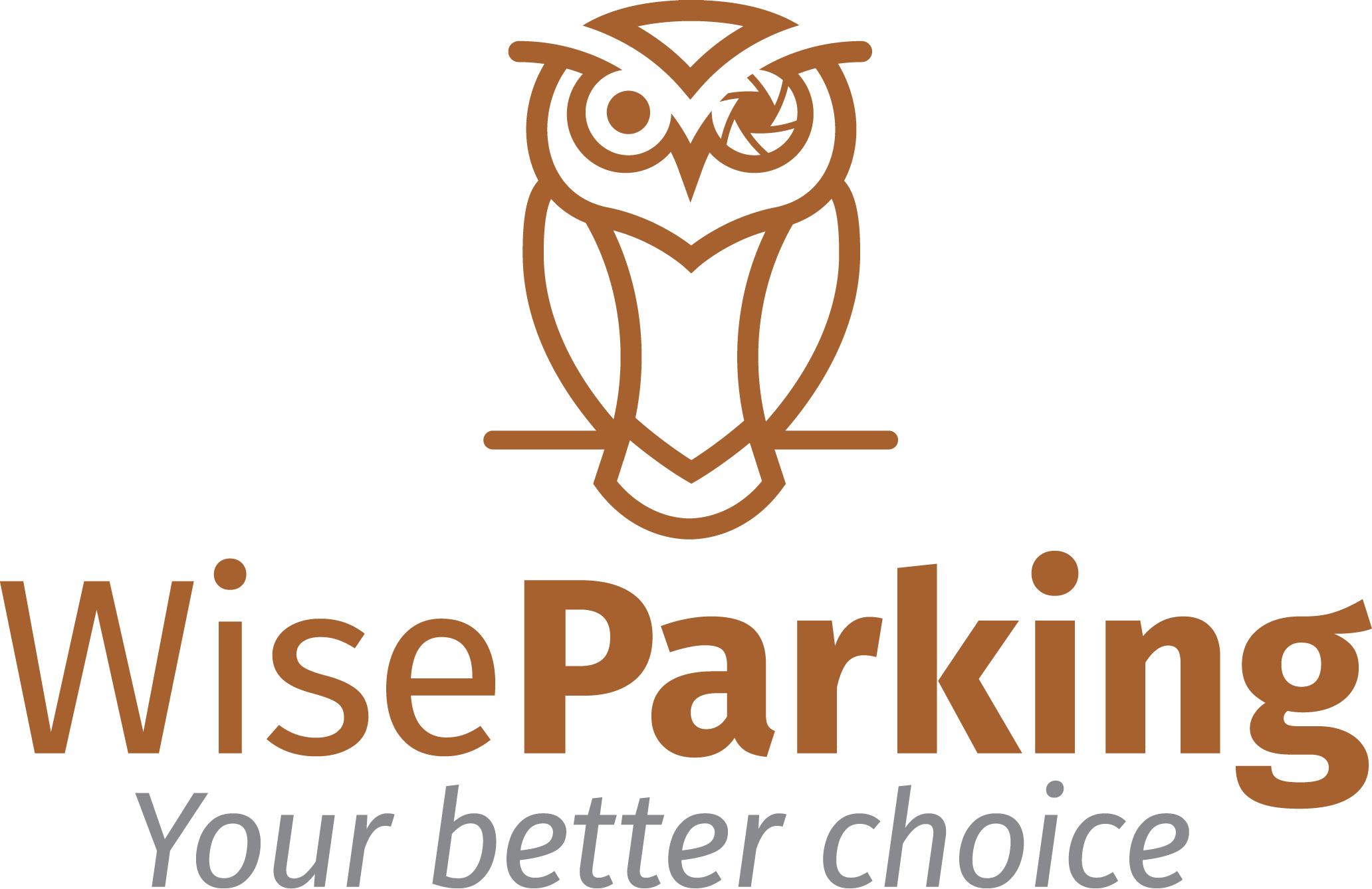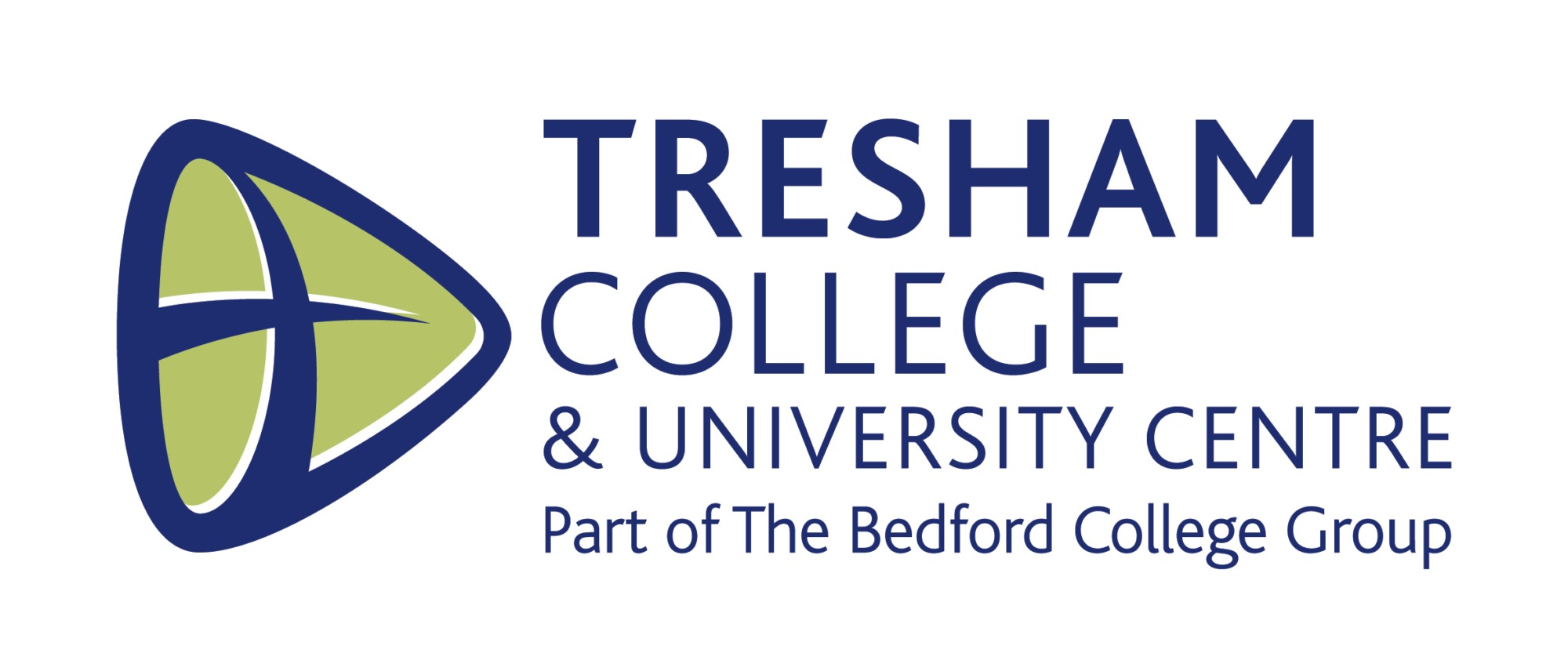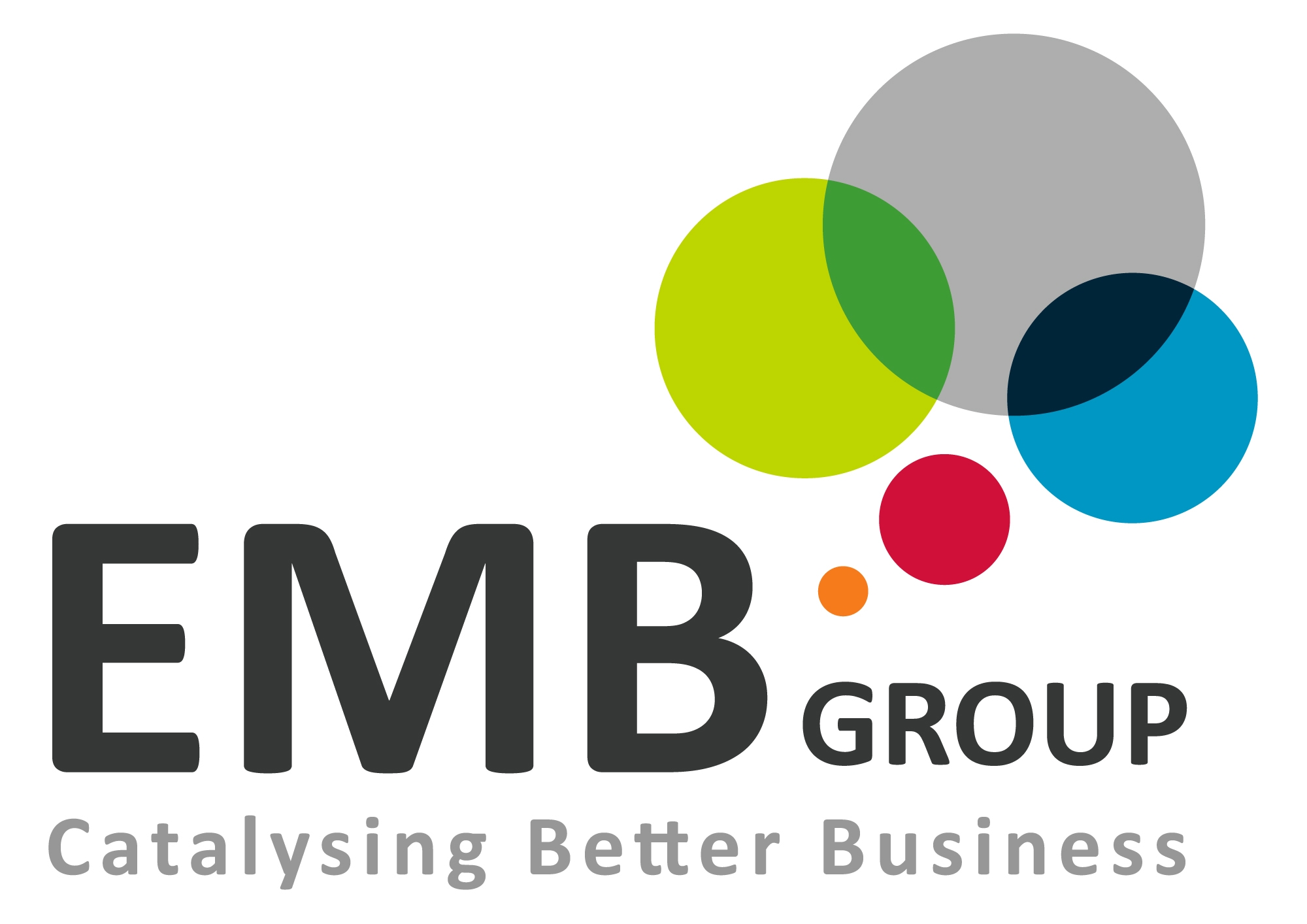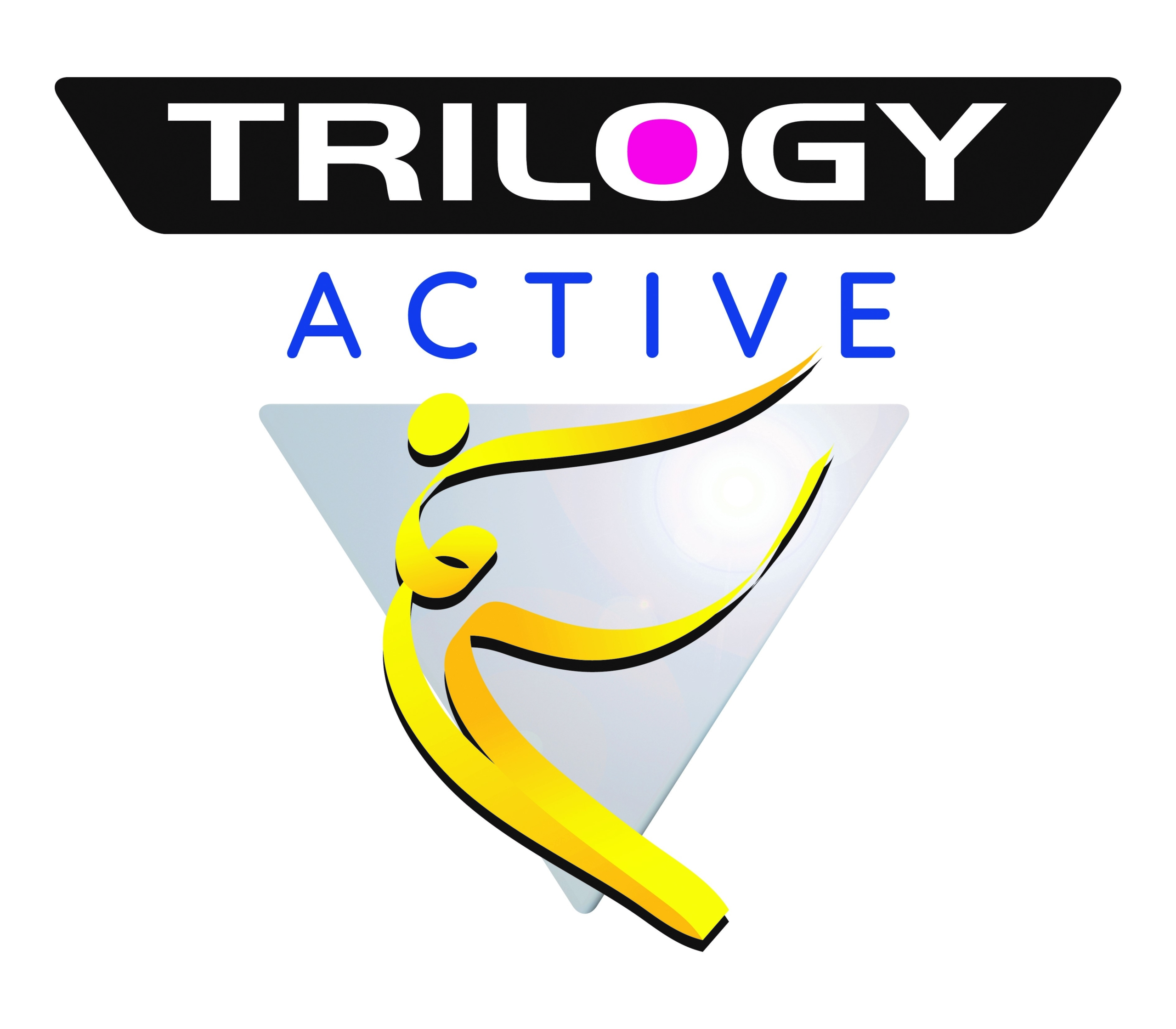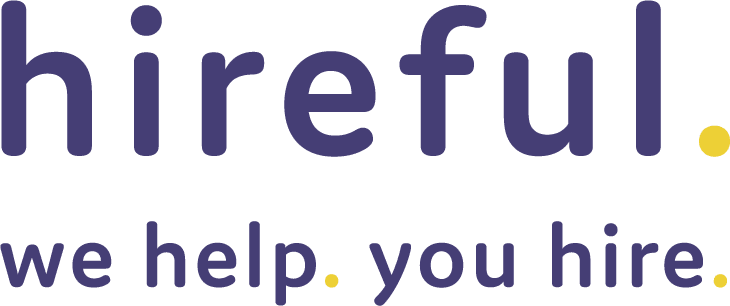
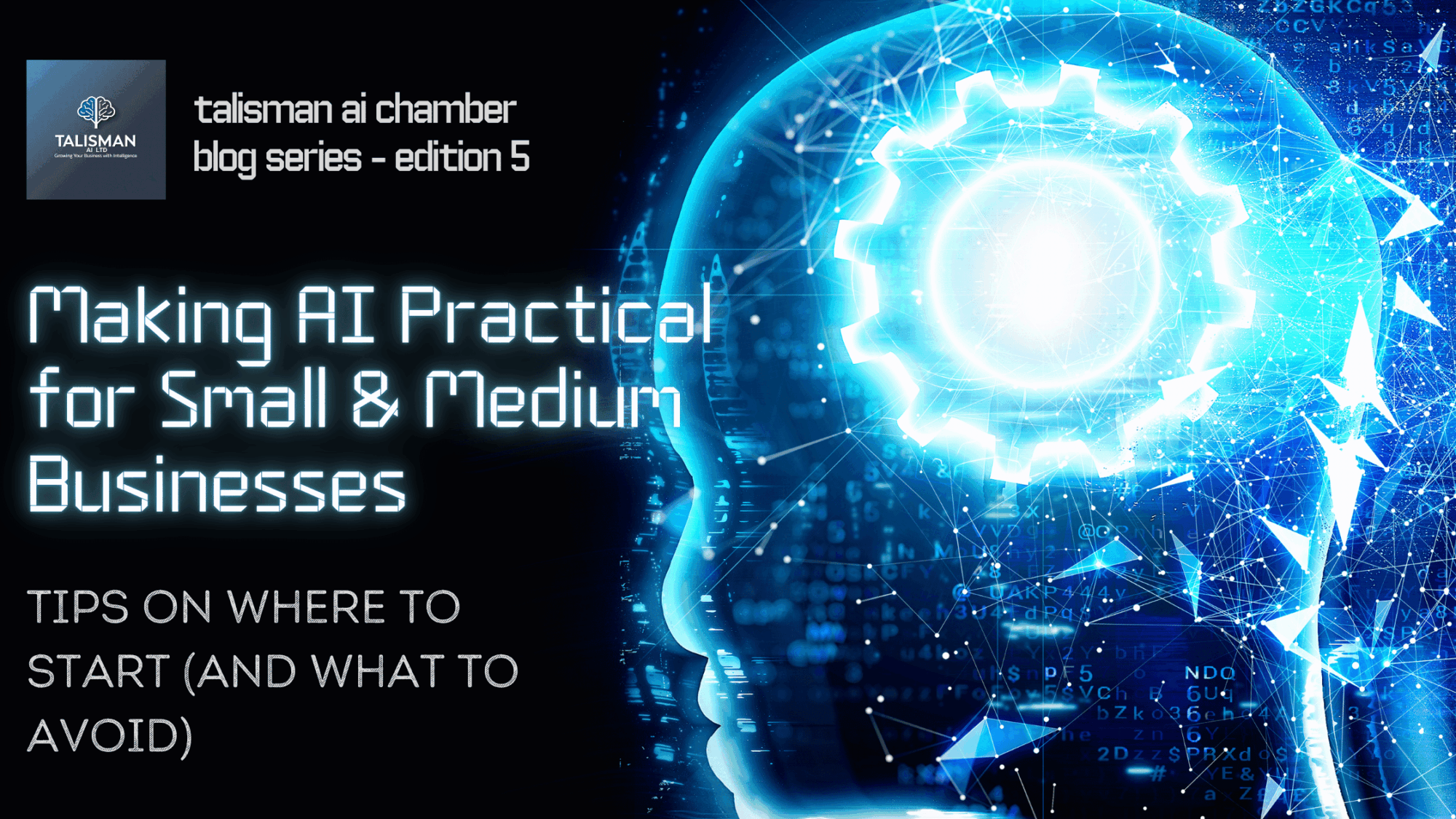
Making AI Practical for Small and Medium Businesses: Where to Start (and What to Avoid)
AI isn’t just for tech giants. With the right mindset and a few smart first steps, any business can harness it to save time, cut costs, and work smarter — without needing a data science degree.
AI made simple
Artificial Intelligence (AI) is often talked about in terms that make it sound distant or complicated — the kind of thing that belongs in Silicon Valley rather than a small business in Northamptonshire or Milton Keynes, or anywhere beyond. But the truth is far more accessible.
If you’re already using tools like Microsoft 365, Google Workspace, QuickBooks, or Canva, you’re probably already using AI without realising it. It’s helping you write better emails, design faster, spot trends in your sales data, and even manage your diary.
AI isn’t about robots taking over; it’s about smarter ways of working. It helps you make better use of your time, reduce repetitive admin, and focus on the things that actually grow your business — your customers, your people, and your ideas.
This article explains how to start exploring AI in a practical way, avoid common pitfalls, and use it to create real value for your business.
What AI really means for small and medium businesses
At its core, AI is simply technology that learns from data and recognises patterns. It can predict what might happen next, automate routine tasks, or help you make more informed decisions.
For example:
-
AI can summarise meeting notes or emails in seconds.
-
It can forecast which customers are most likely to buy again.
-
It can suggest better ways to plan routes, schedule jobs, or allocate staff.
And because AI is now built into many of the systems we already use, it doesn’t have to be expensive or disruptive. The opportunity lies in using it with intention — not chasing every new app that appears, but understanding where it can make a real difference
Start small, think strategically
The best way to approach AI is to start with a specific problem you want to solve, not a shiny new tool.
Ask yourself:
-
Where does my team lose time every week?
-
What repetitive tasks frustrate us most?
-
Where could we make faster or better decisions if we had more insight?
Those “pain points” are often where AI can make the biggest impact.
It might be automating invoice reminders, improving customer response times, or helping you understand which marketing channels really drive sales.
Start small. Test one thing. Measure the benefit. Then build from there.
As I often tell business leaders: start where frustration meets repetition — that’s your first AI opportunity.
The smart way to start
You don’t need to build anything new to begin your AI journey — and you certainly don’t need to become an expert overnight.
The key is to take it step by step:
-
Explore – Learn what AI can do in your world. Read a few credible articles, attend a local business event, or try one AI feature in a tool you already use.
-
Enable – Choose one or two tasks where AI can help and give them a go. Many AI features in tools like Microsoft 365 Copilot or Google Workspace are simple to switch on.
-
Embed – Once you’ve seen a small success, share it with your team. Ask what else they could improve. Build on what works and be open to feedback.
These three steps — Explore, Enable, Embed — form the foundation of practical AI adoption. They keep you focused, safe, and learning as you go.
Remember, the goal isn’t to add complexity; it’s to create confidence.
Common mistakes to avoid
Like any new technology, AI brings risks when used without a plan.
The most common pitfalls I see in small and medium businesses are:
-
Jumping in without clear purpose. Buying into hype or chasing tools before defining what success looks like.
-
Expecting instant results. AI improves over time, so give it room to learn and refine.
-
Ignoring data quality. Poor or incomplete data will lead to poor results — think of it as fuel quality for your AI engine.
-
Forgetting your people. The biggest barrier to success isn’t technology, it’s trust. Involve your team early so they understand how AI can help, not threaten, their work.
The biggest mistake isn’t trying AI — it’s trying it without purpose.
Build confidence, not complexity
The best AI projects are the ones that make people’s lives easier. When your team sees quick wins — faster admin, fewer mistakes, better insights — enthusiasm builds naturally.
So instead of aiming for big transformation, focus on simple pilots that show clear benefit. Encourage people to share what they’ve discovered and explore new ways of working together.
AI is a journey, not a one-off project. It’s about building confidence step by step until it becomes part of how your business operates every day
The opportunity is now
AI isn’t the future — it’s already here, quietly reshaping how thousands of small and medium businesses run. Those who start exploring it now will save time, strengthen relationships with customers, and create space to innovate.
You don’t have to go it alone. There’s a growing network of local support, including Chambers and independent experts who can help you get started safely and strategically.
The important thing is to take the first step — however small. The sooner you start experimenting, the faster you’ll uncover ways to work smarter, not harder
Roger Wilson
Director, Talisman AI Consulting
Helping SMEs explore and embed AI confidently and ethically.
Visit www.talisman-ai.co.uk for free guides, information about AI workshops and practical AI readiness tools.

